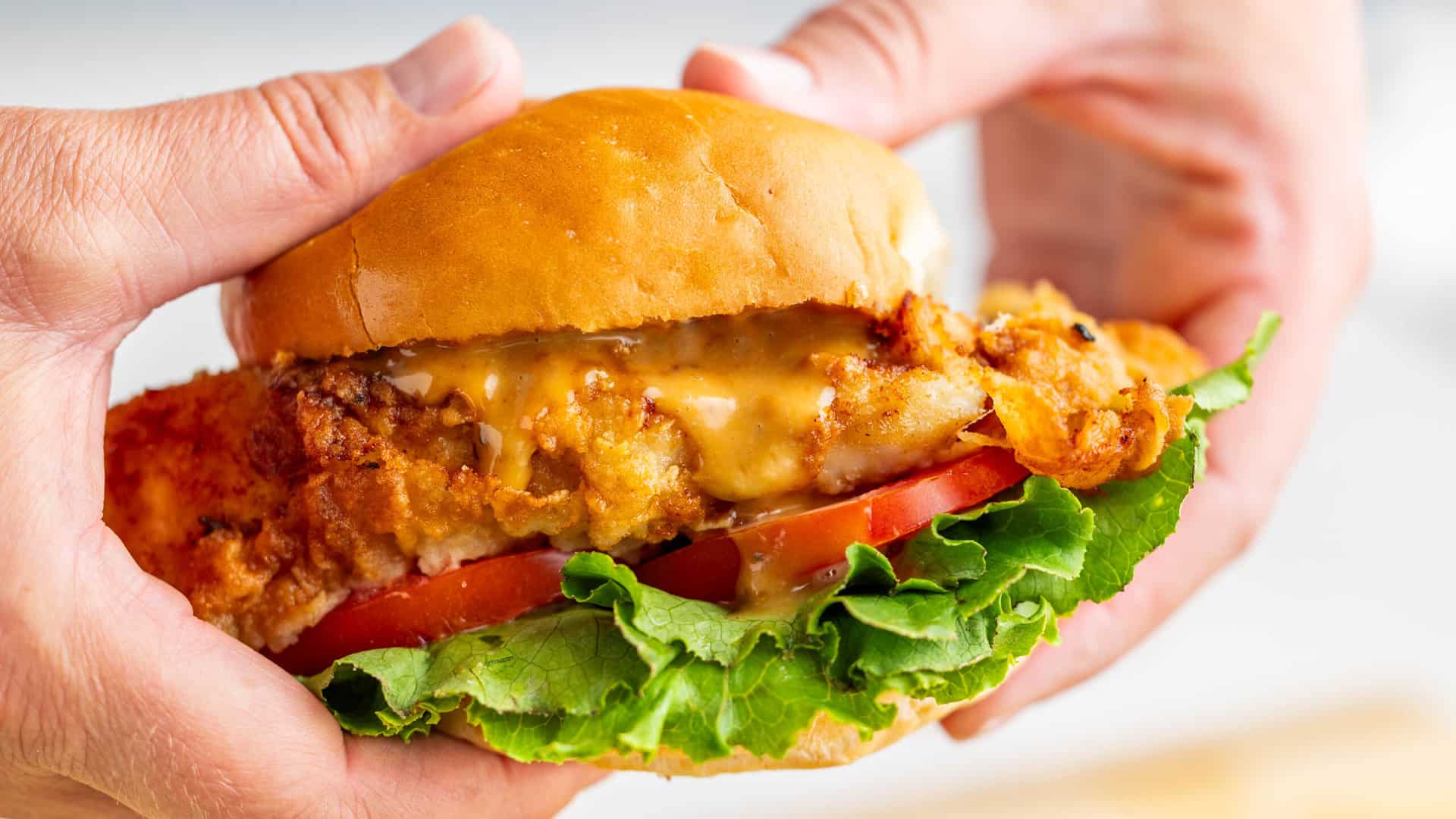Why It Works
- Beginning the broccoli within the air fryer at 400ºF (205ºC) after which decreasing the temperature to 340ºF (170ºC) ends in greens which can be each tender inside with splendidly crispy florets.
- Shaking the basket to toss the broccoli florets helps them prepare dinner extra evenly and prevents scorching.
I’m a creature of behavior: After I discover one thing I like, I keep it up and I put it on repeat. Meaning rewatching Gilmore Women, studying the identical Joshua Rothman New Yorker essay each time I’ve an existential disaster, and making air-fryer broccoli three (okay, perhaps 5) occasions every week. What can I say? Air-fryer broccoli ticks all of the bins: It’s simple, scrumptious, nutritious, and fast, taking simply three minutes to prep and 10 minutes to prepare dinner. Gone are the times after I needed to watch for my oven to preheat for at the very least 20 minutes earlier than roasting broccoli for an additional 20 minutes, for an interminable complete of 40 minutes earlier than I may get it on the desk.
Now, I simply press just a few buttons, wait a minute or two, and my air fryer is able to go. There’s a motive why the equipment is such a powerhouse: It’s principally a tiny convection oven that circulates air extraordinarily effectively, which is why it’s so nice at rapidly and completely roasting broccoli. Although getting ready the vegetable in your air fryer isn’t difficult, there are just a few suggestions and methods that may show you how to make flavorful broccoli that’s each crisp and tender. Right here’s what it’s essential to know.
Suggestions for Making Glorious Air-Fryer Broccoli
Minimize the broccoli into evenly sized florets. Preserving all of the florets 1 1/2 to 2 inches in measurement creates extra floor space for crisping, whereas additionally permitting for extra uniform cooking.
Hold moisture to a minimal. Extra water leftover from washing your broccoli could cause it to steam as an alternative of roast, leading to soggy greens, so you’ll want to dry your broccoli properly earlier than placing it within the air fryer. (I rinse my broccoli florets below chilly operating water, then dry them on a baking sheet lined with a clear dish towel or paper towels.) Equally, overcrowding the florets can lure moisture and make it tough for air to flow into, stopping the broccoli from crisping up, so prepare dinner the broccoli in small batches to let the air circulation freely.
Begin at a excessive temperature. As Kenji wrote in his simple roasted broccoli recipe, cooking the vegetable at a excessive temperature triggers the Maillard response—a collection of chemical reactions that takes place when warmth transforms proteins and sugars into advanced (and scrumptious) flavors, aromas, and colours. A excessive temperature additionally helps the vegetable caramelize, which produces candy, nutty flavors in addition to a crispness on the skin that contrasts superbly with the tender interiors of the florets. Beginning the broccoli at 400ºF (205ºC) after which decreasing the temperature to 340ºF (170ºC) after it’s had an opportunity to crisp produces florets with simply the correct quantity of char, whereas guaranteeing the insides are simply mushy sufficient.
Serve the broccoli merely or gown it up. Whereas crispy air-fryer broccoli is incredible with nothing greater than a sprinkle of salt and the olive oil it’s cooked in, there are lots of nice methods to gussy it up, corresponding to tossing the uncooked florets in a aromatic combination of soy sauce and ginger earlier than cooking or spooning chili crisp over the cooked broccoli. See the Variations part under the recipe for extra concepts on dressing up your air-fryer broccoli. You too can incorporate the cooked broccoli right into a quiche or omelet or high your pizza with it.
Personally? I prefer to pour all of it into the bowl and bathe it with a beneficiant handful of grated Parmigiano-Reggiano, contemporary lemon zest, and loads of freshly floor black pepper. However I like air fryer broccoli a lot that I’d eat it on daily basis—even by itself.
Critical Eats / Morgan Hunt Glaze
Editor’s Be aware
This recipe was developed by Marianne Williams; the headnote was written by Genevieve Yam.








